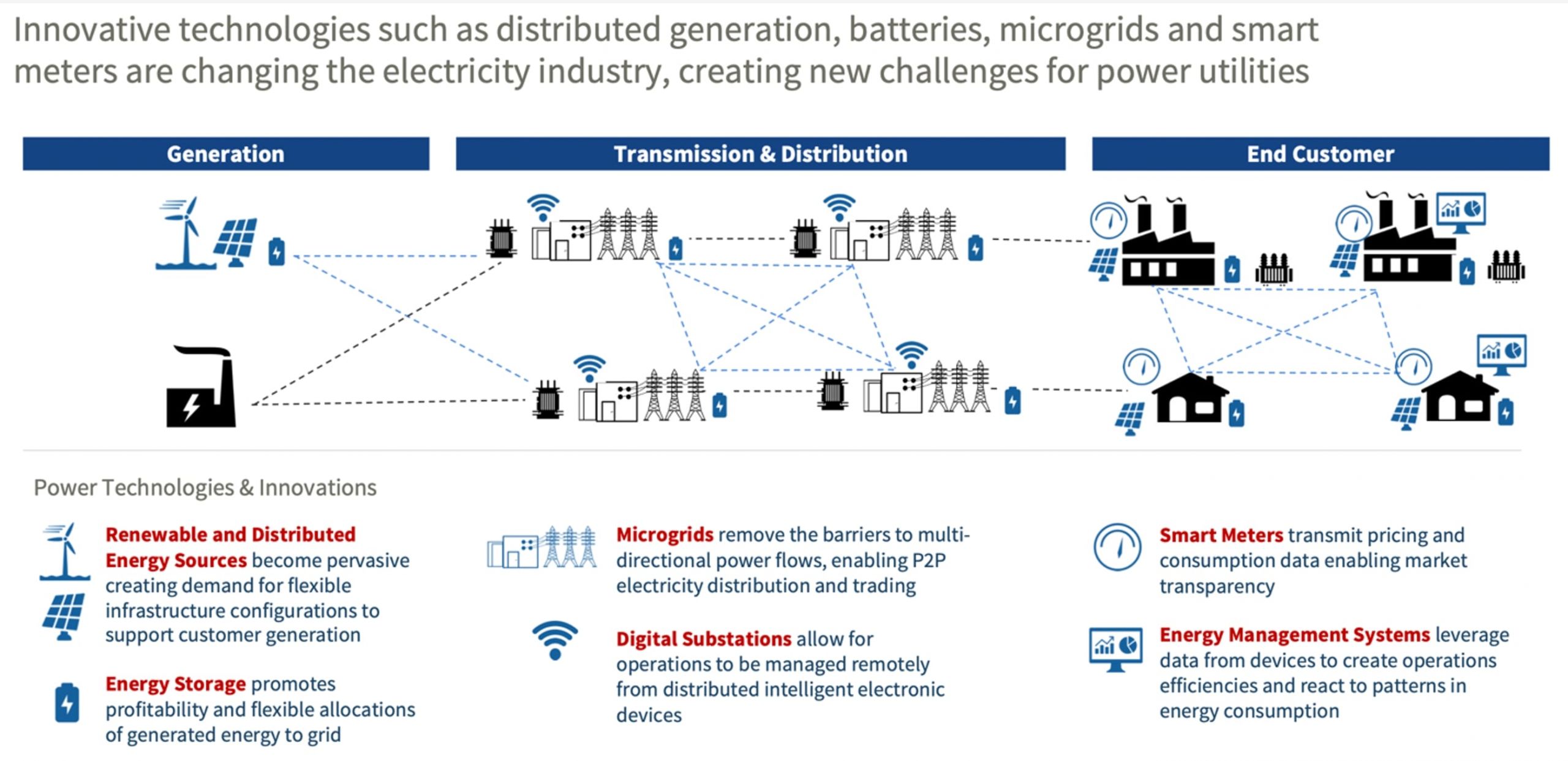For decades, observers of the Internet of Things asked, “When will it finally take off?” Year after year nothing definitive happened while the mighty participants tried to will it into being. Now the dust has cleared and it’s apparent that the IoT wasn’t under direct human control at all. A much larger evolutionary process was necessary to allow a host of intricate technologies to simultaneously reach the required maturity and alignment.
THE TIME HAS FINALLY COME
Ten years ago I took a red-eye flight to attend a conference on smart energy. Sitting on stage and feeling a little irritable from the plane ride, I turned to my neighbor (it was John Petze, co-founder of SkyFoundry) and asked him if he thought it would be all right if I just spoke my mind about how I felt being there. “Sure,” he said.
So I went to the podium and told the audience that it had been fifteen years since I first spoke on this very same subject, and not a single thing had happened.
250 people stood up and applauded.
That was ten years ago. Today I’m happy to report that we have finally reached the tipping point. Smart energy is actually (almost) here.
The main provocation for this isn’t so happy. Climate change is having its undeniable impacts on the world, as you can see clearly from the energy debacle in Texas last winter. But the key reason that we have finally reached the tipping point is utterly predictable: The relevant technologies have now become both mature and well-aligned, and in the digital era those are the necessary preconditions for real-world change.
Source: Harbor Research, Inc.
MICROGRID, MEET SMART SYSTEMS
Like many other phenomena in the 21st century, the power sector is moving from a centralized system to a distributed system. To put it another way, power is starting to tend toward a peer-to-peer architecture. Microgrids—more recently called smart grids—are the most technically sophisticated of the many distributed energy resource (DER) solutions transforming the power sector.
Smart grids are essentially subsets of larger electrical utility grids, designed to give organizations greater control over their energy resources and to make better use of utility-provided energy in conjunction with locally produced power. Most importantly, smart grids can connect and disconnect from the larger grid, thus operating both connected to a grid or as an island.
The smart grid and the utility grid are linked by a “point of common coupling” that maintains voltage at a constant level until there is a problem on the utility’s grid. If the utility’s power starts to fluctuate, the smart grid taps its on-site energy production to even out the flow. If the larger grid goes down completely, the smart grid disconnects and uses its own local generating and/or storage capacity to provide power.
Because smart grids are a connected and highly-instrumented phenomenon, they are by definition a huge IoT opportunity. They incorporate a wide array of sensors that can sample electrical current at up to 60,000 times per second. This huge volume of data feeds sophisticated AI algorithms both at the edge and at the core, allowing smart grids to operate autonomously. And the energy flow from smart grids is two-way, which requires specialized software to manage scenarios that involve selling as well as buying electrical energy.
Source: Harbor Research, Inc.
THE IOT IS FINALLY SEEN AS A PANCEA
As we move into the third decade of the 21st century, the stakes are high for energy suppliers. Global energy demands are expected to grow by 37% by 2040, and our increasingly digital world cannot tolerate sudden power outages. Most energy infrastructures are now antiquated, brittle and prone to failure, while energy companies are struggling to adapt to new forms of renewable energy.
These companies are looking for a panacea and IoT is there waiting in the wings. Taking advantage of sensor-data and data analytics can make an enormous impact in the way energy is generated, distributed, consumed and stored, and thus global investment in IoT is expected to surpass $60 trillion over the next 15 years.
Source: Harbor Research, Inc.
In smart grids, recent studies have identified as many as 2,000 projects, both grid-tied and remote, that are in the proposed, planning or deployment stages worldwide. Together, they represent almost 21 gigawatts (GW) of capacity. (By way of comparison, the total energy generating capacity of Great Britain is roughly 75 GW.)
By applying complex IoT solutions, which facilitate automation on an industrial scale, smart grids can improve energy efficiency at the source. By integrating IoT and digital twins technologies across vast infrastructures like power plants, suppliers can shave time and labor from their presently manual processes. This translates to vast savings. And simplifying processes through the use of a connected IoT system can provide predictive maintenance and improve outage management, offering a significant degree of stability and optimization in an ever-evolving and unpredictable market.
I may still arrive at conferences grumpy and out-of-sorts, but I’ll have to lay the blame exclusively on the red-eye, not on my other favorite subject: The failure of Smart Systems to take off.
This essay is supported by our Smart Systems Market Insight “Distributed Energy Resources Growth Opportunity.”
Fill out the form below to download the Insight for free.









